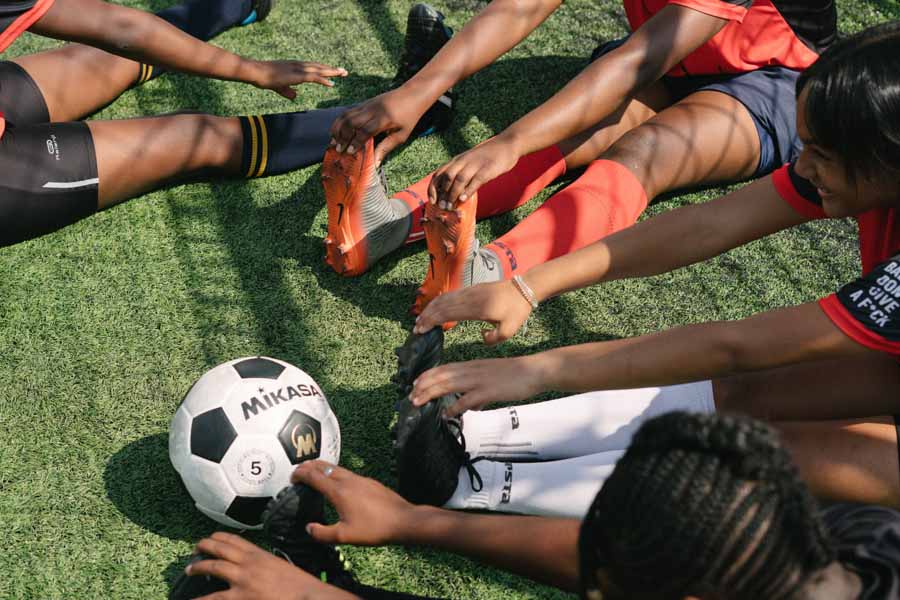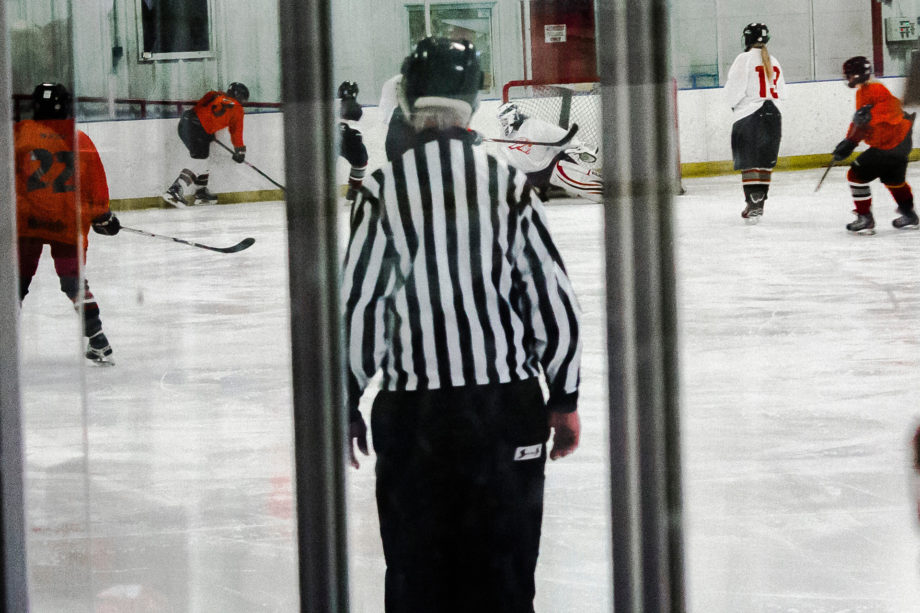Most staffs have a ranking system within their prospect database, a way to rate recruits by their ability or by the level of attention that they want to give them in terms of mail (form letters or hand-written notes), email, calls and what events they get invited to.
Common groups include:
• Players who are being actively recruited (juniors and seniors)
• Top priorities to get a commitment from next (wish list of top recruits)
• Current commitments (recruiting doesn’t end even after a player commits)
• Plan B Players (backup plans or players who may be out-of-reach)
• Top Underclassmen who are too young to be contacted
• Players who were evaluated earlier and labeled as ‘not talented enough at this time’
• Players who coaches were previously interested in who committed to other schools
Most commonly, each assistant coach has a top list of players that they are ‘actively recruiting.’ Depending on what time of year it is and where they are in the recruiting cycle, this is the list of prospects that they will regularly call, visit, do research on and try to get to campus for an unofficial or official visit. ‘Actively recruiting’ is the key phrase, and this group includes players who have already committed to their school, players who have already been offered a scholarship or players who are on the verge of getting an offer.
Some coaches like to create sub-lists of these top players that they are actively recruiting. This is the group they’ve already gotten commitments from or players who are on the top of their wish list— the best of the best.
Beyond these two groups, there is often a B-list of players. These are prospects who could potentially be backup offers if the first, second, third or fourth choices don’t work out. These prospects usually receive some mail, emails and who may get an invite to junior days, scrimmages or games. This list may also include players who coaches may think are unattainable, players who are long-shots that they may still check in with or mail information to, just hoping for a chance to get their foot in the door.
Beyond those lists, coaches normally keep lists of top underclassmen (who are too young to contact), players that have committed to other schools and prospects that they determined are currently not talented enough for their program. Coaches keep extra files, even if a player is cut from their watch list, since the statuses of players often changes— players decommit, get better, have a growth spurt or re-classify grades. I’ve seen many players cut from our ‘actively recruiting’ list who re-surfaced months later and were added back on and ended up signing scholarships.
In some cases, primarily in football, coaches from other schools may continue to recruit you even if you have committed publicly to another school. Verbal commitments in football aren’t always final, so it’s common for rival coaches to continue to keep calling, visiting and marketing. If you ever find yourself in this situation and are overwhelmed, you CAN tell these other coaches that you are done with the process and to go ahead and drop you from their list—many will back off after that.
How you are ranked within their database determines how much mail you receive, what kind of mail you receive, which coaches are coming to see you, who’s calling you, and what games/events you are invited to. Everybody isn’t treated the same but it’s important to understand where you may fit in within the staffs’ rankings. Are you a priority to them or are they recruiting several players ahead of you at your position? You need to understand that it’s important to keep your options open!




